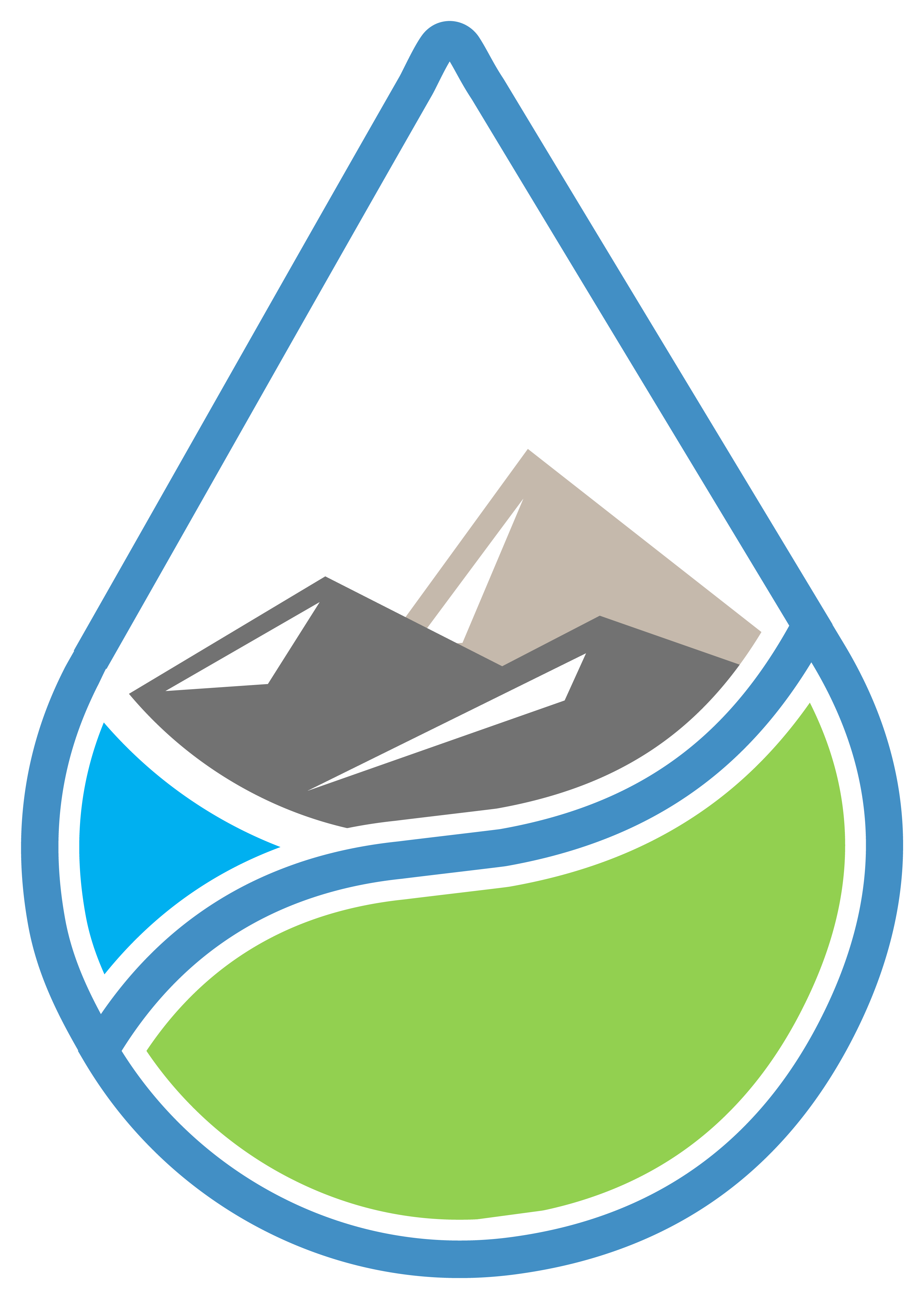Its summer in the northern hemisphere with many places in central Europe already having metrological droughts. Low rainfall and high temperatures put agriculture under stress with plants wilting and harvests shrinking. Climate change, exacerbates this issue, as the higher summer temperatures also increase evaporation, further lowering plant available water. To counteract plant loss, farmers go for irrigation to ensure harvests and increase yields. However some practices are really inefficient. For flood irrigation, fields are flooded with water. Since the water pools at the surface and does not infiltrate immediately, lots of water can evaporate. The same goes for high pressure sprinkling, where water is sprayed over the crops. The water flies through the air as tiny droplets, which can easily evaporate during summer. However, there are more water efficient techniques available, minimizing losses to evaporation and still protecting the harvests:

Water efficient irrigation
Goal is to minimize the distance of the irrigation system water to the roots. Thus, having water flying through the air is a bad choice. The following systems both have in common, that their outlet is just above/below the soil surface. This leads to a more or less direct infiltration into the soil, drastically cutting down evaporative losses. Less water evaporating means less water needed for irrigation to see crops thrive.
💧 Center Pivot with Pipes: Unlike the “old” way of centre pivot irrigation where water is sprayed above the plants, here pipes are dragged over the soil surface. This allows the water to directly feed the plants. An advantage is the systems flexibility, as you don’t need a system that covers all your plants, as this one rotates. Adding the pipes to existing centre pivots is also an option, thus no huge investment needs to be made to improve water use efficiency

💧 Drip Irrigation: Here pipes with small holes are burrowed close to the plant rows close to the root system. Constantly dripping small amounts of water underground makes evaporative losses negligible. A disadvantage is the needed setup, as often the system cant stay in place during ploughing

Another approach which can be coupled to existing irrigation systems is precision irrigation. Here water is only applied where its needed:
🛰 Remote Sensing: Drier soil and plants reflect different under certain wavelength than wet. Using satellite or drone data, one can derive which areas of a field experiences water stress and which areas are just fine.
📡 Soil Moisture Sensors: Have the same effect as remote sensing in creating data on where fields need water and where not

Sources
Irrigation & Water Use;USDA ERS – Irrigation & Water Use. Available at: https://www.ers.usda.gov/topics/farm-practices-management/irrigation-water-use/ (Accessed: 28 June 2023).
Sharma, Bharat, David Molden, and Simon Cook. Water use efficiency in agriculture: Measurement, current situation and trends. No. 612-2016-40604. 2015.


Comments are closed